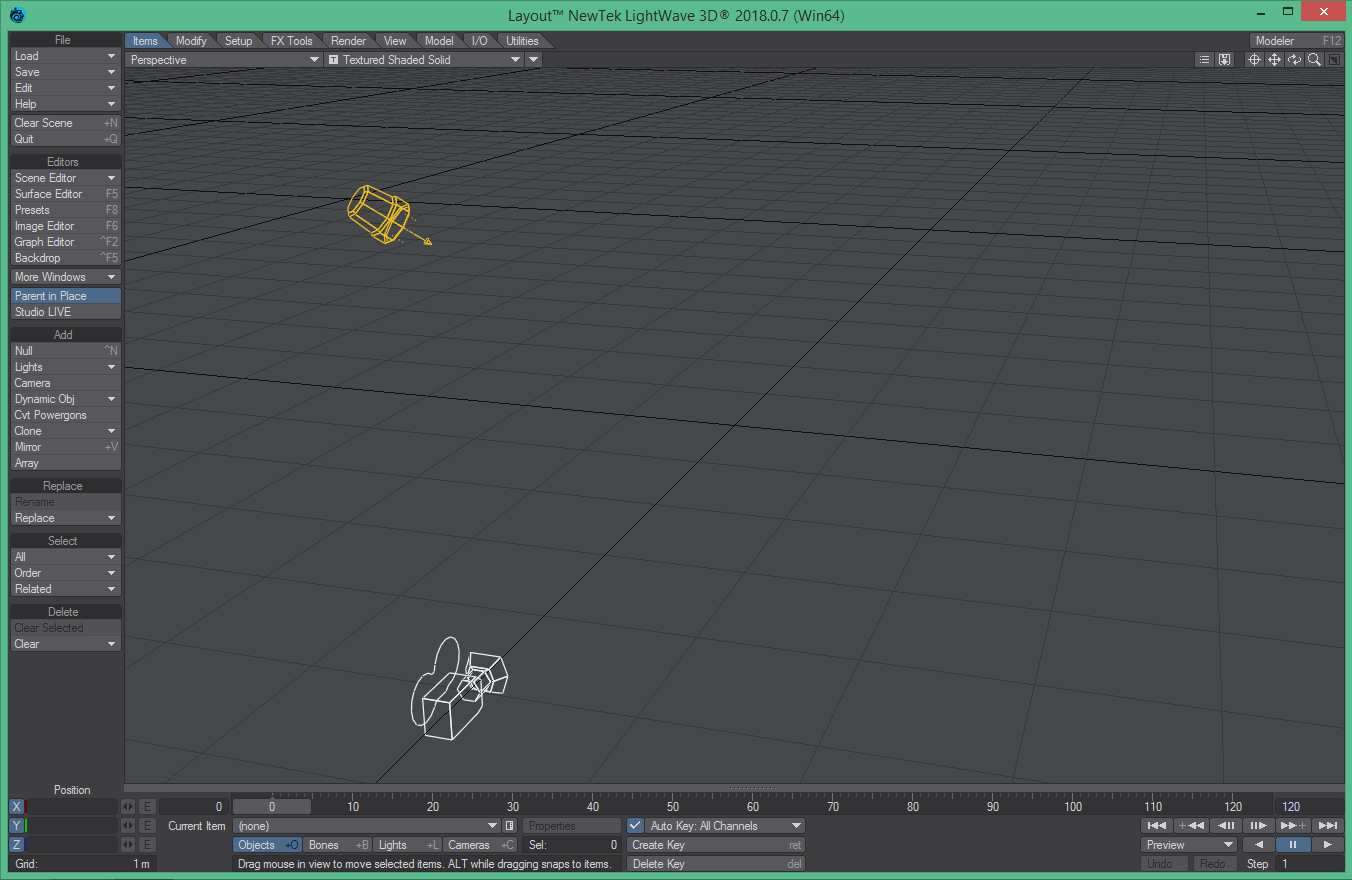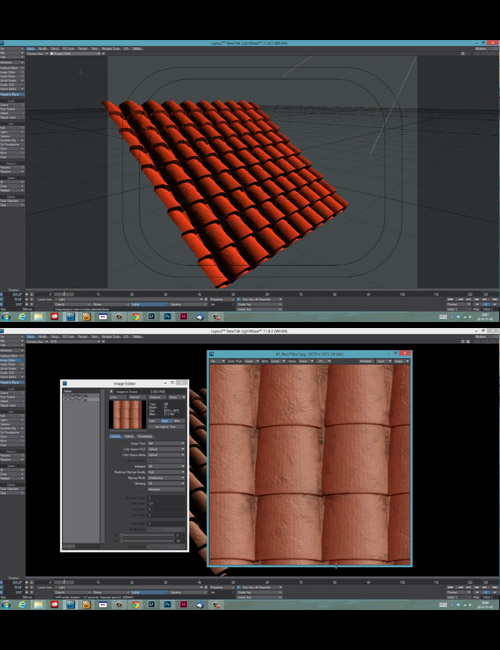

- #LIGHTWAVE 3D COURSES FULL#
- #LIGHTWAVE 3D COURSES SOFTWARE#
- #LIGHTWAVE 3D COURSES TV#
- #LIGHTWAVE 3D COURSES WINDOWS#
#LIGHTWAVE 3D COURSES SOFTWARE#
This page is a compilation and an archival record of how NewTek, Inc's., LightWave 3D computer graphics software has evolved and changed interface styles, box packaging, and logo design over the course of time, now in its 27th year and 13th version. Images marked with zzz or lores need replacing Doing so will take a little time and if users wish to contribute screenshots they will be credited. In case you are thinking in having your own studio, or making projects on your own, I believe Lightwave3D can still deliver, and also it is probably the only proven CGI software out of subscription models.The LightWave History page has to be rebuilt including full-size images. If you are thinking in working for someone else I would encourage you to learn Houdini, as it is probably the most complete and advanced software, and also the software studios demands more artist for. Nowadays I am using Houdini, when working freelance for companies, but I still own different Lightwave3D licenses, being 20 the ones I use, depending on needs, as both have different render engines, when freelancing for small companies and also for personal works. I am a Lightwave3D user since version 5.6 and used it extensively along with my career. I'd also consider learning unreal engine, but in tandem with another dcc. So many people have done this tutorial it's become a meme. Of course, consider blender guru's classic, the "donut tutorial". Or Grant Abbit's "complete beginner's guide".
#LIGHTWAVE 3D COURSES FULL#
If you want to get a taste of Blender's community, I'd check out Ian Hubert's patreon (it's great, he's great, only $7/month and chock full of great material) or his free "lazy tutorials" on YouTube.


I found it harder to learn than c4d, personally.īlender's community is huge though, and there are tons of great resources. However, blender is still a little quirky in its ui. (Maxon is the company that produces c4d) They also have lots of training videos in their "cineversity" site, which you get access to with a c4d subscription.īlender is free, but it can be a little more complex, and (perhaps) a little more powerful than c4d with some of the recent additions, like the very houdini-ish "geometry nodes". IMHO, c4d (esp w redshift) is the easiest to start producing good looking results - it is not expensive, but it's not free either.Ĭheck out maxon3d's "3d motion show" for lots of great info on c4d. However, if I was able to do it all over again, but in the present, I'd be looking at either blender or c4d if I wasn't planning on trying to get a job at a major vfx studio (although blender is getting some traction lately).īoth of these have vibrant communities, with lots of tutorials available. I certainly enjoyed learning lw back in the day. In many ways, lightwave paved the way for much of the modern 3d software we enjoy today. Besides being the first 3d software on inexpensive hardware. First easy "lens flare", first easy motion blur. "Prisms" was the precursor to houdini, btw.)įor it's time, Lightwave was great software. (I even had a small lightwave department - and a lone "prisms" artist at the time. The low cost of entry (and the low pay scale for lw artists) was a winning combination at the time. Their business model for LW (only for commercials, I think) was to assign a single project/pitch to a bunch of lightwave teams, and whichever one got the best results early on would get to finish it.
#LIGHTWAVE 3D COURSES TV#
It was used for a bunch of TV shows (I think it is still used for some documentary type series, not sure, but still kinda rare).įor a while, (back in the 90s) Digital Domain had a whole Lightwave department.
#LIGHTWAVE 3D COURSES WINDOWS#
It was the first 3d software that ran on non-sgi hardware (if I recall, it started on the Amiga, then moved to windows Nt). It used to be big, but that was loooong ago.



 0 kommentar(er)
0 kommentar(er)
